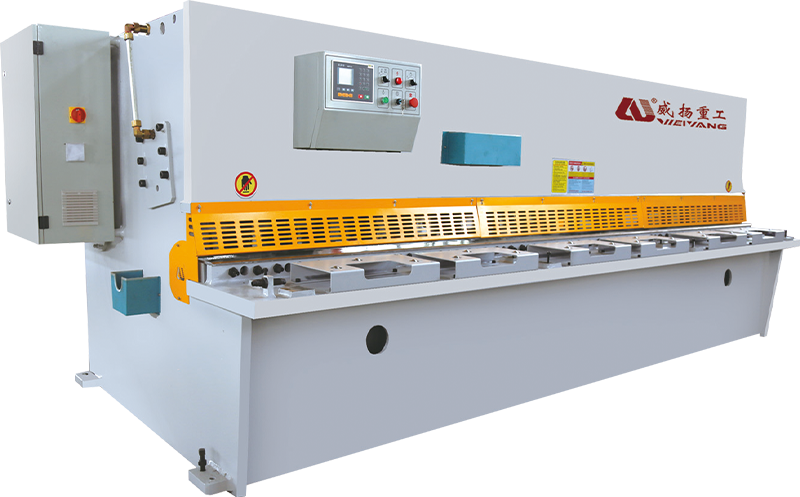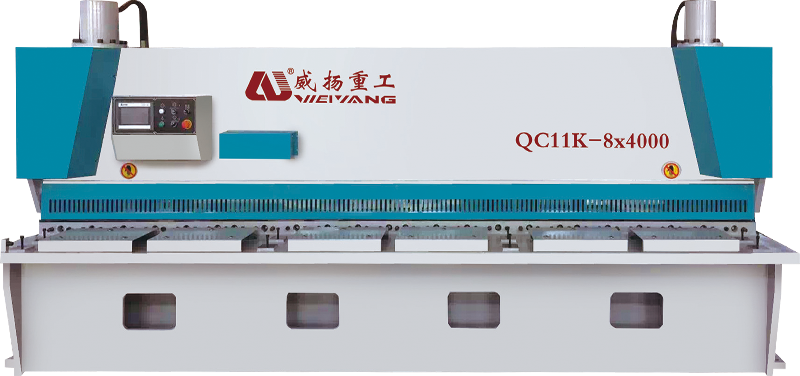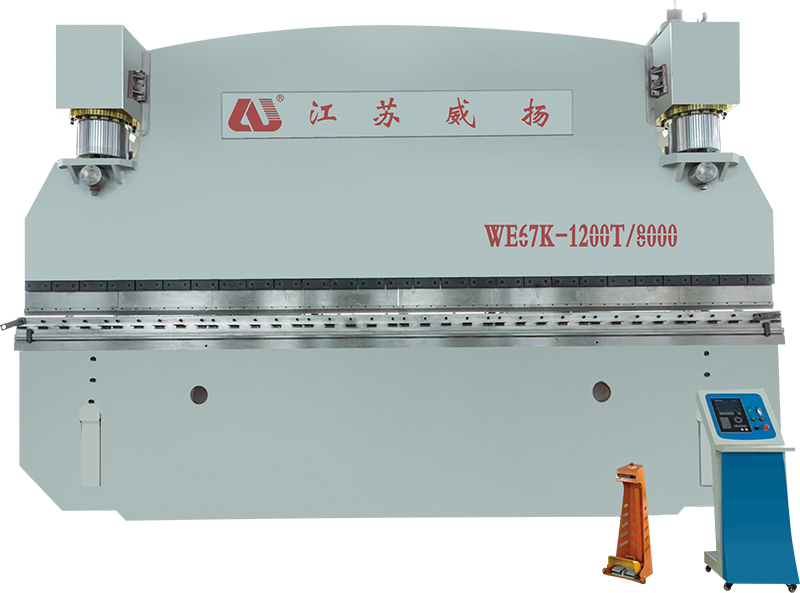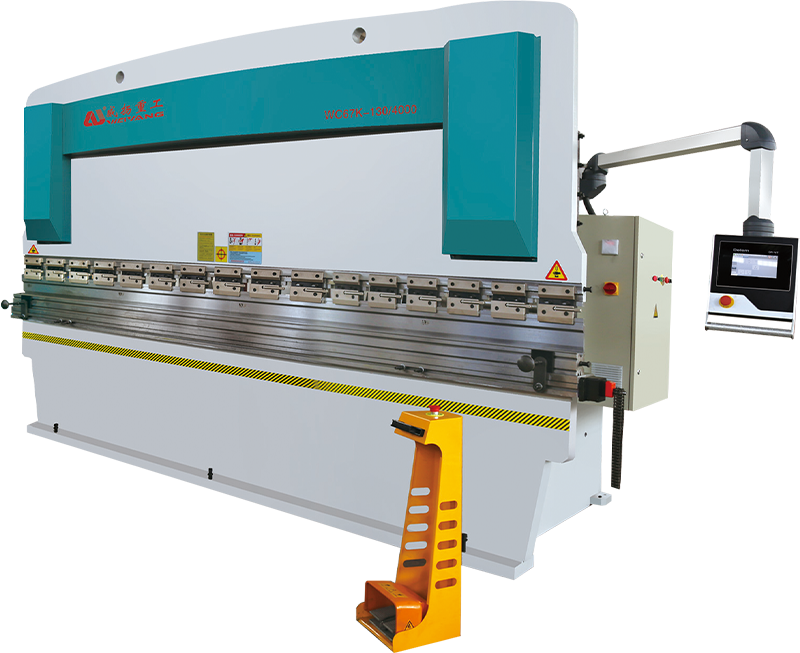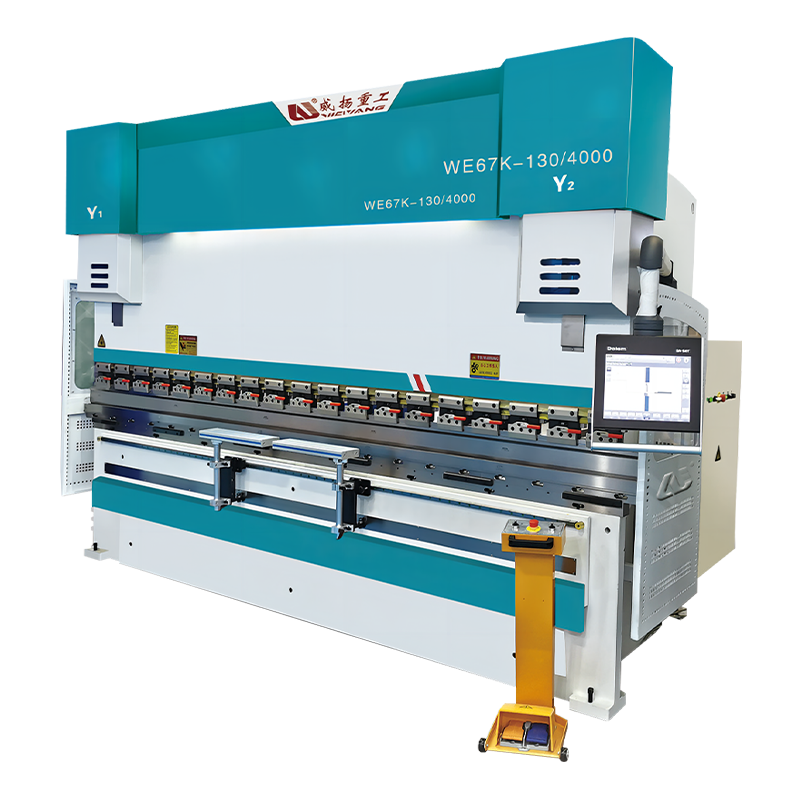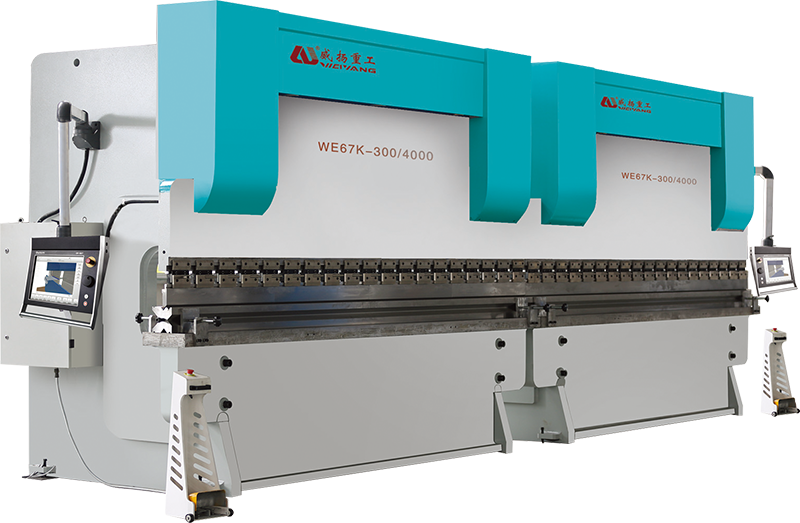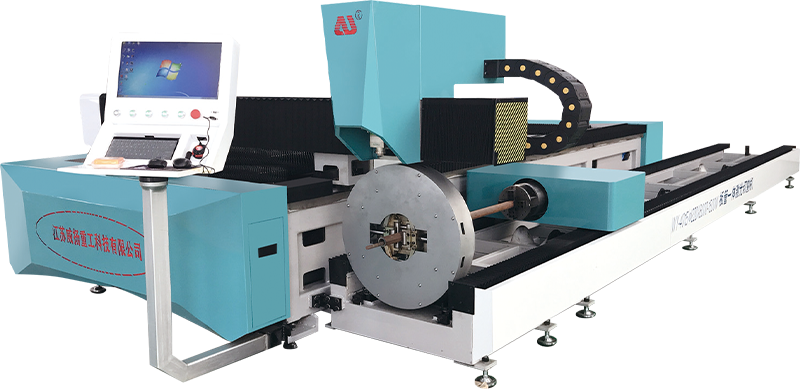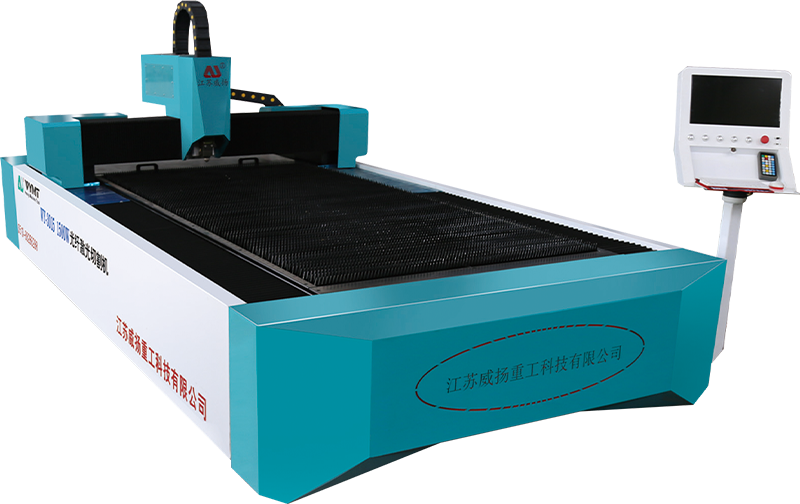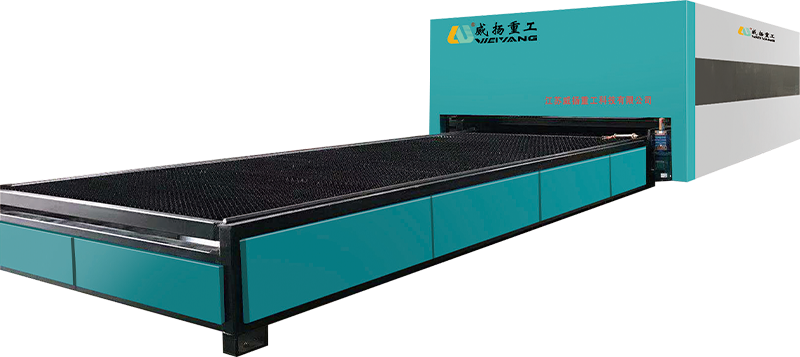What are the limitations of a Single Platform Laser Cutting Machine in terms of cutting complex shapes or high-precision applications?
The cutting capacity of a Single Platform Laser Cutting Machine is dependent on the thickness of the material being processed. For instance, thinner materials such as sheet metals or plastics can be cut easily and efficiently, allowing for precise edges and high-speed operation. However, when dealing with thicker materials like heavy gauge steel or thick aluminum, the laser cutting process may slow down, and the cut quality can suffer. The laser's power and beam focus may need to be adjusted, which can lead to increased cutting time, edge imperfections, and potential distortion. In high-precision applications, thicker materials may require additional passes or more advanced systems with higher power lasers, leading to greater cost and longer processing times.
While laser cutting machines are known for their precision, the ability to cut extremely intricate designs or complex shapes is not without limitations. Sharp internal corners, small radii, and overlapping geometries may not be processed efficiently on a Single Platform Laser Cutting Machine. When the laser beam moves around tight corners or intricate curves, there is a tendency for the kerf width to expand, which can lead to imperfections such as overcuts or irregularities at the edges. These types of challenges may result in loss of tolerance or misalignment in highly detailed cuts. A multi-axis laser cutting machine is better suited for such applications, as it can adjust the angle and position of the laser head, enabling the production of more complex, multi-dimensional geometries with greater accuracy.
The single platform design is typically optimized for 2D cutting. When dealing with 3D cuts or more complex part geometries, this design becomes less effective. The cutting process might not maintain the same level of accuracy across all points of the material, especially when the material thickness varies or when there is a need for multi-directional cuts. This could result in misalignment or inconsistent cutting depth, which is especially problematic for applications requiring precise 3D forms. For example, in industries such as aerospace or automotive, where parts need to be shaped with high precision in three-dimensional spaces, multi-axis machines are more commonly used to achieve the desired accuracy in complex 3D geometries.
Heat-affected zones (HAZ) are inevitable when using laser cutting, as the process involves applying intense heat to the material. When cutting thick materials, the laser may cause the surrounding area to undergo thermal changes, leading to material distortion or color changes at the edges. In high-precision applications where surface quality is critical, this distortion can compromise the integrity of the final product. For example, thin metals may warp slightly under the heat, resulting in poor edge quality. In complex parts, these distortions can also alter the shape, making the final product unsuitable for precision applications like electronics or medical devices, where minimal thermal impact is required. Methods to mitigate these effects, such as gas-assisted cutting or cooling mechanisms, are not always sufficient in eliminating HAZ in all materials.
High-precision cutting requires a delicate balance between cutting speed and accuracy. When a Single Platform Laser Cutting Machine is tasked with cutting complex shapes or detailed features, the speed often needs to be reduced to ensure greater precision. Slower cutting speeds allow for finer, more controlled cuts but at the expense of overall throughput. In applications where speed and volume are equally important as precision, the machine’s throughput may be compromised when processing intricate or highly detailed designs. For high-volume production, the slower cutting speeds associated with complex applications can become a significant bottleneck, making it less efficient for large-scale operations.





